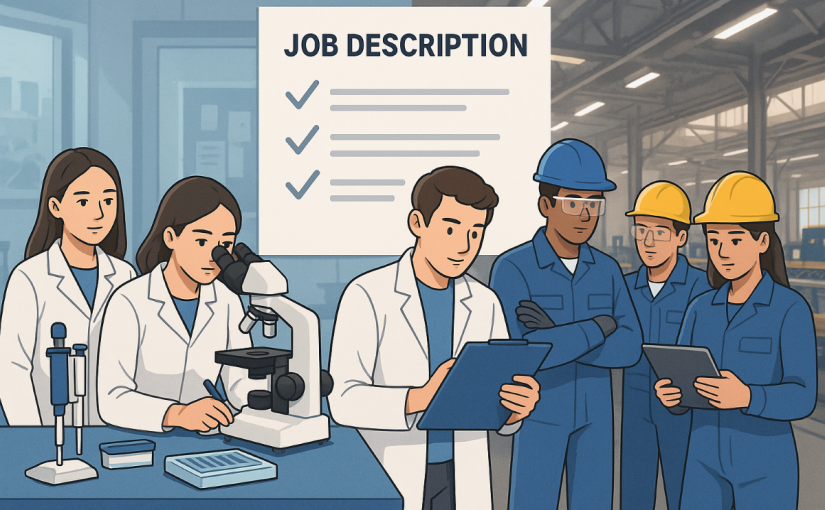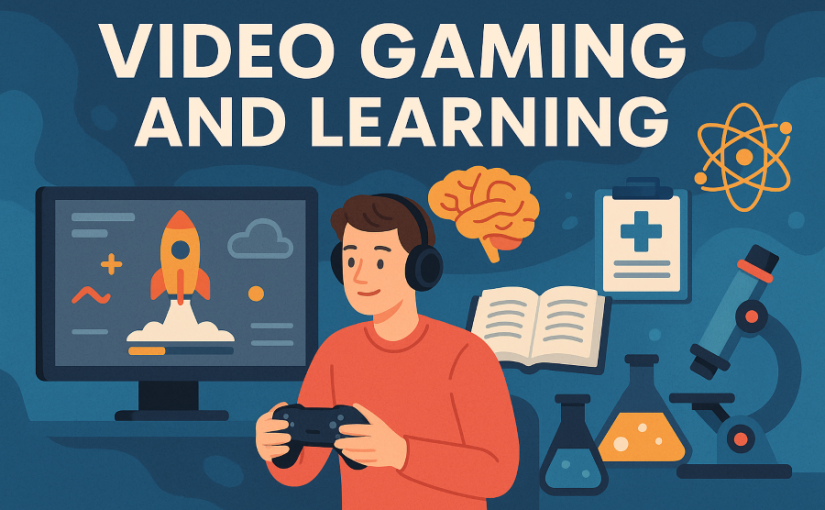When I think about managing a job search, one key message really stands out: you don’t have to treat every job application like it’s a life-or-death situation. Not all opportunities deserve the same level of effort, and trying to give every single one your full attention is a guaranteed recipe for burnout. What I’ve learned is that by approaching your search strategically—with clear categories and time boundaries—you can actually make the process much more efficient and less stressful.
The Emotional and Time Cost of Job Searching
One of the first things that stuck with me was how every application comes with two kinds of costs: time and emotional energy. That part really made sense. You can easily lose hours tweaking your resume or obsessing over a cover letter—only to hear nothing back. If you do this over and over again without a clear strategy, it’s no surprise you’d end up feeling frustrated or drained.
So instead of throwing your energy at everything, it’s smarter to think about how much each opportunity is really worth. That’s where the tiered approach comes in.
The Tiered Approach: Matching Effort to Opportunity
This framework breaks down your job opportunities into three main categories—and I found this concept super helpful for balancing energy, time, and expectations.
Tier 1: “Drop Everything”
These are the dream jobs. The ones that make you think, “If I got this, I’d pack up and move tomorrow.” They’re rare—maybe only one or two like this show up during your whole search.
Because they’re so meaningful, they deserve deep investment: 8 to 10+ hours of prep. That includes researching the company in depth, doing informational interviews, and customizing every single part of your application. Even if you don’t get the job, the process itself is rewarding because you’re learning and connecting.
Tier 2: “Strong Opportunities”
These are jobs you’d be genuinely excited to land, and they make up the bulk of a healthy job search. What I like about this tier is that it balances quality and efficiency—you put in a solid 30 to 45 minutes of effort, enough to stand out without exhausting yourself.
Tier 3: “Acceptable”
These are roles that you’d take if offered, but you’re not emotionally invested in them. Maybe they’re slightly out of your comfort zone or not quite ideal—but they’re still worth applying to. Here, you only spend about 5 minutes per application. The key is not getting emotionally caught up in these; the lower investment helps protect your energy.
Non-Tiered (a.k.a. Don’t Apply)
This part really clarified things for me: if you wouldn’t take the job even if offered, just don’t apply. That simple rule can save you so much time and stress. It’s easy to feel guilty about skipping opportunities, but applying to mismatched roles wastes your resources and clouds your focus.
The 15-Minute Job Search: A Game-Changer
Another powerful takeaway was the 15-minute job search strategy. I love how this flips the typical grind mindset on its head. Instead of sitting down for an undefined and overwhelming session, you give yourself a very short, clear block of time with a specific goal.
For example:
Target: “Search for data science internships in Chicago.”
Goal: “Find two roles to apply to.”
Time Limit: 15 minutes—no more, no less.
This approach keeps things light, focused, and doable. It’s great for maintaining momentum, especially when juggling other priorities like school or personal life.
Final Thoughts
What I’ve really come to understand is that a well-managed job search isn’t just about maximizing output—it’s about protecting your energy, managing your time wisely, and investing differently depending on the value of the opportunity. By applying a tiered system and breaking tasks into manageable chunks, the process becomes much more human and less exhausting.
Ultimately, you’re not just trying to land any job—you’re trying to land the right one. And that takes clarity, discipline, and a little self-compassion.

Sabin Ku Shah is a Computer Science Major and a Data Science Minor at Lawrence University and also a Secretary at Lawrence University Data Science Club. As a Career Peer Educator for CJW and GLI Career Communities, Sabin is motivated to help students explore their career paths. Connect with Sabin on Linkedin





